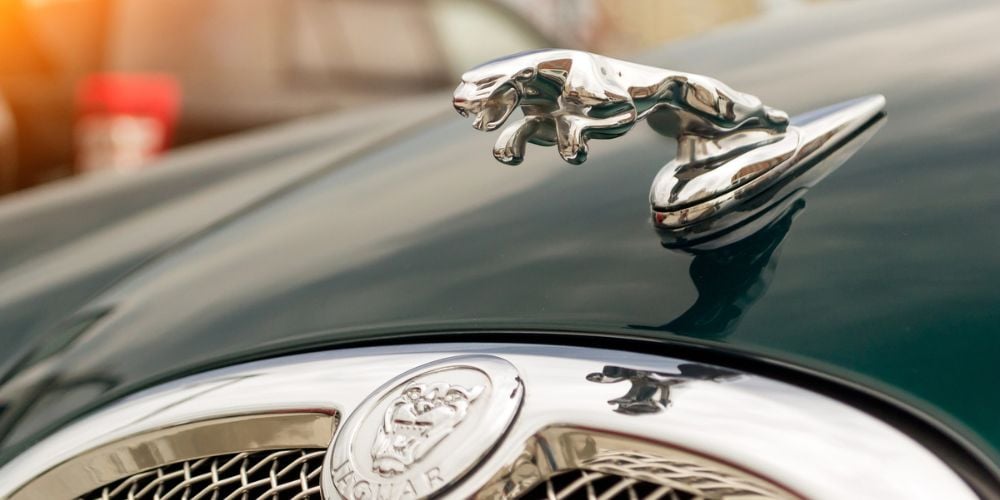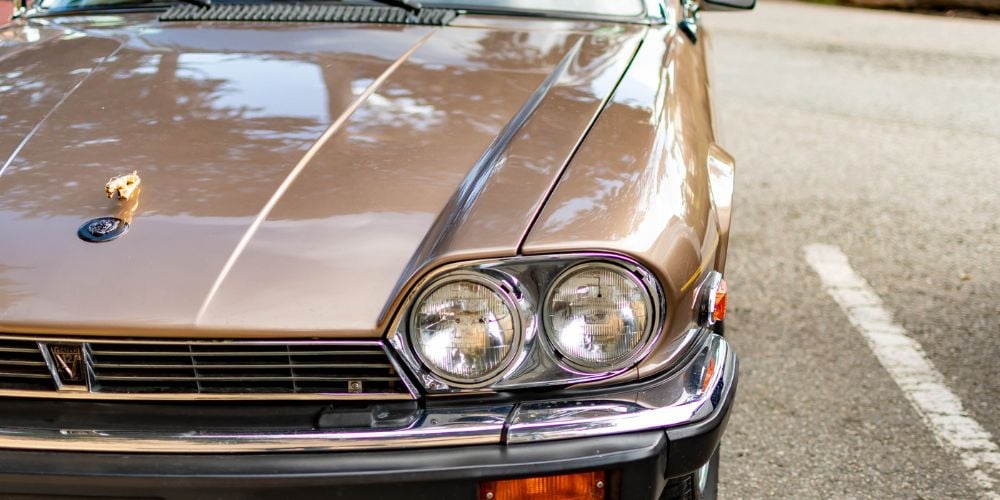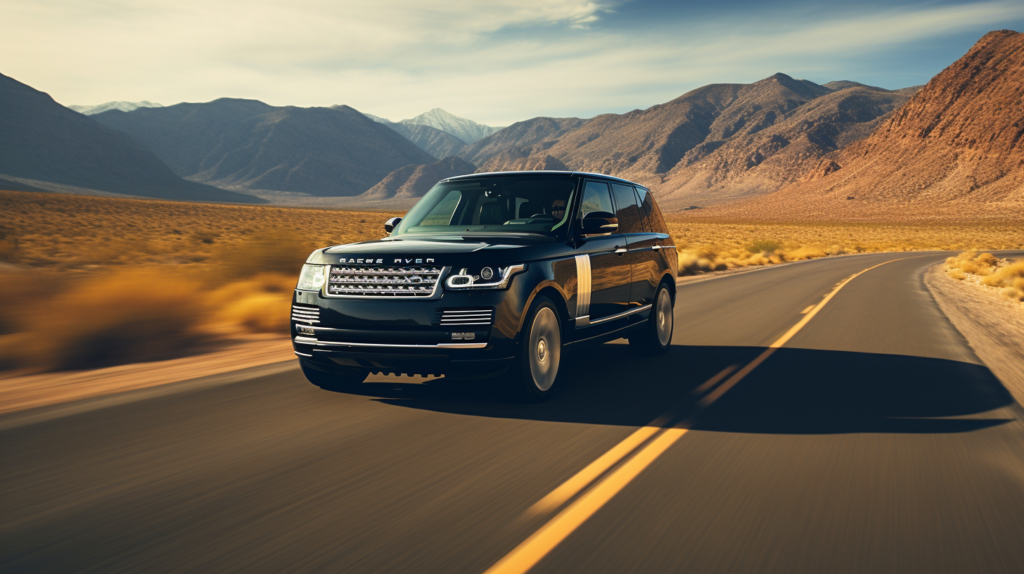Jaguar, renowned for its luxurious and high-performance vehicles, has captured the hearts of automotive enthusiasts worldwide.
But have you ever wondered who owns Jaguar and how its ownership has shaped the brand’s trajectory?
In this article, we delve into the captivating history and current ownership structure of Jaguar, unravelling the mystery behind this iconic automotive brand. Let’s find out who owns Jaguar?
Jaguar’s Ownership History
To comprehend the brand’s ownership journey, we must first explore its historical roots. Jaguar originated in 1922 as the Swallow Sidecar Company, and it quickly transitioned into manufacturing automobiles.
Over the years, the ownership of Jaguar has changed hands multiple times, further fueling its evolution.
One of the significant milestones in Jaguar’s ownership was the company’s acquisition by the British Motor Corporation (BMC) in 1966. This move aimed to create a powerful British automotive force by merging Jaguar with other well-established brands under the BMC umbrella.

However, financial challenges plagued the BMC, resulting in the nationalization of the British motor industry and the creation of British Leyland in 1968. Jaguar became a part of this conglomerate until the early 1980s.
In 1984, Jaguar underwent a pivotal transformation with its privatization through an initial public offering (IPO). With this IPO, Jaguar regained its independence and embarked on a period of fervent innovation and growth.
The company continued to gain momentum until 1990, when it encountered financial obstacles that led to an unprecedented decision: Jaguar was acquired by Ford Motor Company.
Ford’s ownership of Jaguar opened up new avenues for the brand, resulting in significant investment in design, technology, and manufacturing capabilities.
The subsequent years saw Jaguar being infused with Ford’s resources, leading to the development of critically acclaimed models such as the Jaguar XK and the Jaguar XF.
However, as Ford faced its own financial struggles in the late 2000s, it decided to divest and focus on its core operations. This paved the way for Jaguar’s next ownership transition, as the brand was acquired by Tata Motors in 2008.
Who owns Jaguar? Current Ownership of Jaguar
Tata Motors, an Indian multinational automotive corporation, is the current owner of Jaguar.
Tata Motors acquired Jaguar and its sister brand, Land Rover, from Ford in a landmark deal worth $2.3 billion.
This acquisition marked a defining moment for Jaguar, as it became a part of an ambitious global automotive conglomerate with significant resources and influence.
Under Tata Motors’ ownership, Jaguar has thrived, leveraging its parent company’s strategic direction and investment capabilities.
Tata Motors recognized the unique heritage and potential of Jaguar and Land Rover, allowing these iconic brands to retain their distinct identities while benefiting from synergies and shared resources.
Key Players in Current Ownership
A closer look at Jaguar’s current ownership reveals the key players who have played a crucial role in its success under Tata Motors.
Ratan Tata, the former chairman of Tata Group, was instrumental in the acquisition of Jaguar and Land Rover.
His vision and strategic guidance have played a vital role in shaping the future of these iconic brands.
Another important figure in Jaguar’s current ownership landscape is Natarajan Chandrasekaran, the chairman of Tata Sons, the holding company of Tata Motors.
Chandrasekaran has been a driving force behind the growth and strategic expansion of Tata Motors, including the progress of Jaguar and Land Rover.

Impact of Ownership Changes on Jaguar
Ownership changes have played a significant role in shaping Jaguar’s trajectory over the years.
When BMC acquired Jaguar in the 1960s, it aimed to create a dominant British automotive force. However, the financial challenges faced by BMC hindered the realization of this vision.
Jaguar’s privatization in the 1980s set the stage for a renaissance, enabling the brand to regain its competitive edge.
Ford’s subsequent ownership provided resources and support, leading to the development of groundbreaking models and rejuvenating Jaguar’s image.
The acquisition by Tata Motors in 2008 marked a turning point for Jaguar, as it became a part of a global automotive powerhouse.
Tata Motors’ ownership has not only stabilized the financial position of Jaguar but also enabled it to expand into emerging markets and leverage new technologies.
Under Tata Motors’ stewardship, Jaguar has experienced a resurgence, with increased sales, critical acclaim for its models, and a brand renaissance that has captured the imagination of luxury car enthusiasts worldwide.
Frequently Asked Questions
As we explore the ownership journey of Jaguar, several questions frequently arise. Let’s address some of these inquiries:
Who owned Jaguar before Tata Motors?
Jaguar was previously owned by Ford Motor Company from 1990 to 2008.
Who owns Land Rover and Range Rover?
Land Rover and Range Rover are currently owned by Tata Motors, along with Jaguar.

What is the relationship between Jaguar and Land Rover?
Jaguar and Land Rover are sister brands under the ownership of Tata Motors. While they share resources and synergies, each brand maintains its individual identity.
What is the future of Jaguar under current ownership?
Despite the rapidly evolving automotive landscape, Jaguar remains committed to its luxury and performance-oriented brand positioning. Tata Motors continues to steer Jaguar’s future, emphasizing electric vehicles, sustainability, and cutting-edge technology.
Pro Tips for Jaguar Enthusiasts
For passionate Jaguar aficionados, here are some valuable tips and insights to enhance your experience:
- Buying a Jaguar: Before purchasing a Jaguar, research the specific model, consider factors such as maintenance costs and resale value, and test-drive the vehicle to ensure it aligns with your preferences and needs.
- Maintaining a Jaguar: Regular maintenance is crucial to keep your Jaguar in optimal condition. Follow the manufacturer’s recommended service intervals, address any issues promptly, and seek assistance from authorized service centers for the best results.
- Getting involved in the Jaguar community: Connect with fellow Jaguar enthusiasts through online forums, social media groups, and local car clubs. Attend Jaguar-related events, participate in meet-ups, and enjoy the camaraderie of like-minded enthusiasts.
Conclusion
From its humble beginnings to its current status as a leading luxury automotive marque, Jaguar’s ownership journey has shaped its identity and future prospects.
Through various ownership changes, Jaguar has adapted, evolved, and thrived, continually captivating car enthusiasts around the globe.
Under Tata Motors’ ownership, Jaguar has seen unprecedented growth, leveraging its heritage, innovation, and a global perspective to redefine what it means to drive a Jaguar.
As we unlock the ownership journey of Jaguar, we celebrate the brand’s enduring legacy and eagerly anticipate the exciting chapters yet to be written.


 Tags:
Tags:










